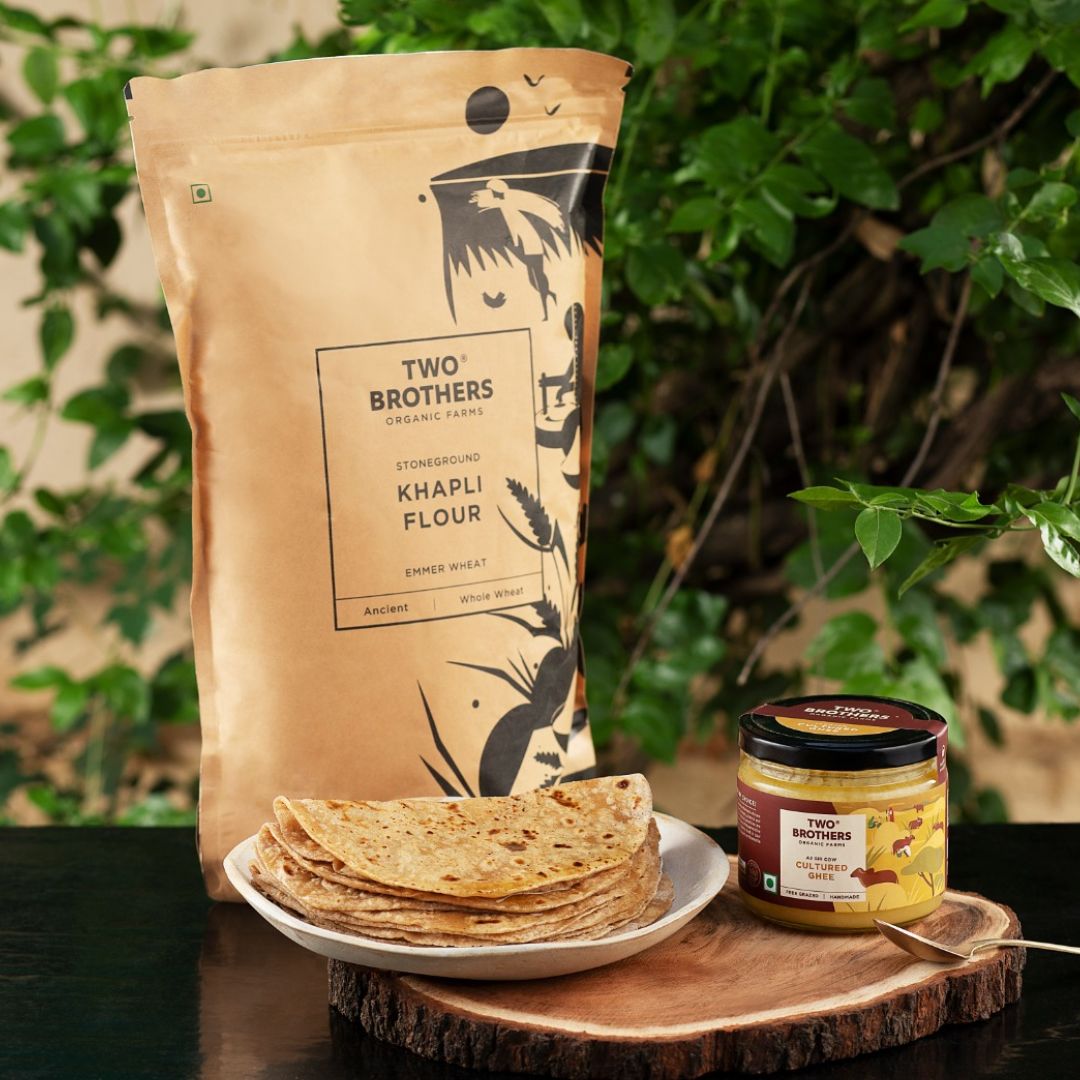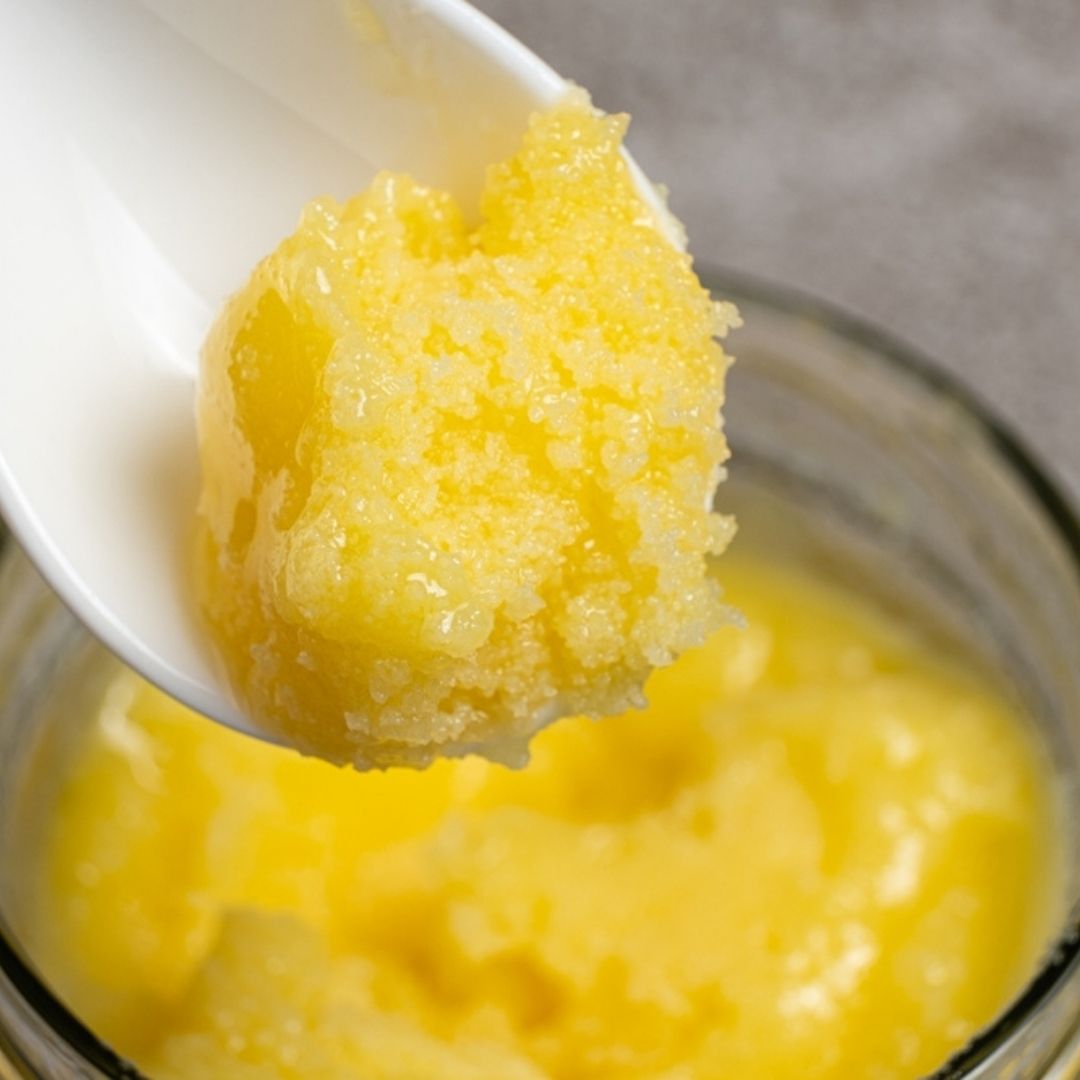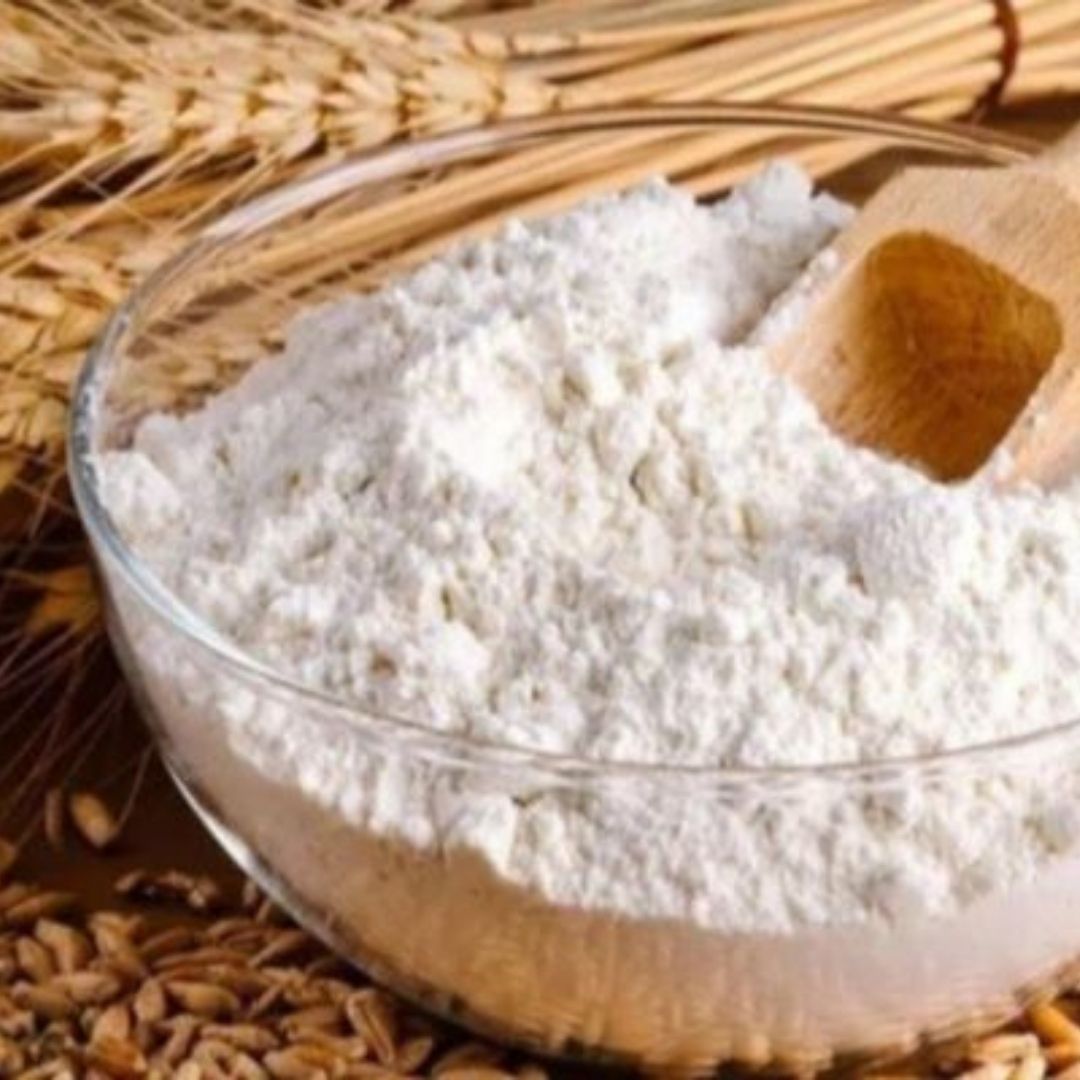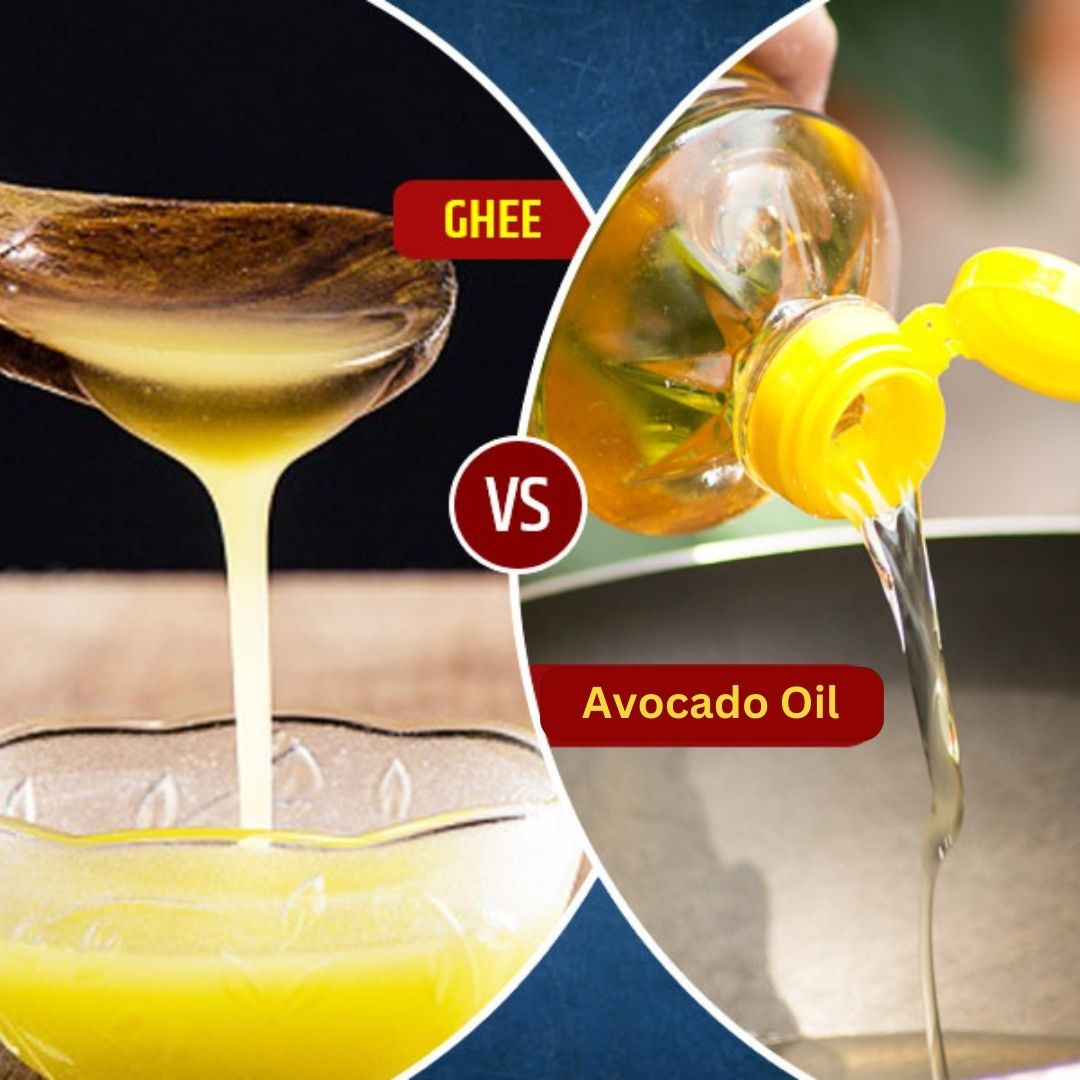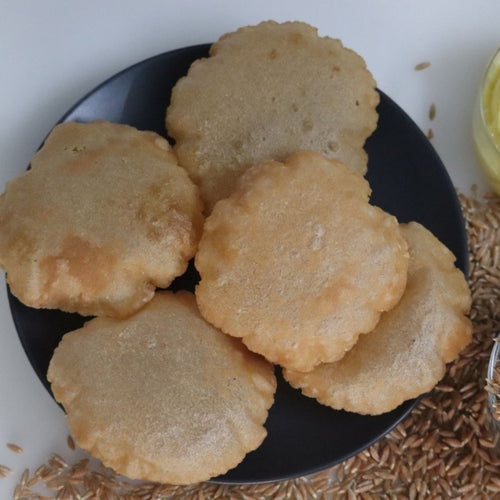Do you know a spoonful of desi ghee enhances the flavor of any Indian meal? Because of its wonderful taste and several health benefits, our parents and grandmothers have used ghee to cook food and added it to steaming dals and fluffy rotis for decades.
Nevertheless, not all types of ghee have the same advantages. Let's take a look at Bilona ghee benefits and why to choose Bilona ghee over industrial ghee. The benefits of ghee differ depending on the technique by which it is produced.
|
Table Of Contents: - How is Bilona Ghee Made - How is Industrial Ghee Made - Why choose Bilona Ghee over Industrial Ghee - FAQs - Conclusion |

| Buy Now |
How Is Bilona Ghee Made (Procedure)?
Ghee is essentially an aromatic elixir that was traditionally produced through a slow and complex process known as the Bilona Process. The Bilona process takes a substantial amount of time and effort as it is quite an elaborate process.
Ghee produced using the Bilona process has a lot more nutrition compared to the industrially processed ghee. It is no wonder that the Bilona process made a reappearance even now when there are many other ways to produce ghee quicker.
The name "Bilona" is derived from the wooden beater used in ancient times to extract butter from curd. Bilona ghee is also known as clarified butter or desi ghee.
Let's have a look at how we've divided this procedure into various steps:
Step 1: Procurement And Boiling

Ghee's quality depends on the quality of milk and grass consumed by cows. Additional elements such as weather, cow health, and living conditions affect milk quality. 1 liter of ghee requires approximately 25-30 liters of cow milk. In this Ayurvedic Bilona process, only grass-fed cow milk(A2) is utilized to make ghee.
The first procedure is to obtain the nutritious A2 cow's milk and boil it over hot coals. A2 cow milk can be procured from Indian cow breeds like Sahiwal and Gir cows. This is a lengthy boiling process that is advantageous in two ways. For starters, this sterilizes the milk and makes it safe to consume. Second, it increases the concentration of A2 milk.
Step 2: Curdling

Curd or yogurt is made from this milk. Curd can be created by combining a teaspoon of existing curd with this milk. After boiling the milk, add a tablespoon of existing curd or any other natural sour ingredient, such as a few drops of lemon juice or tamarind, and ferment in a warm area overnight. Once the curd has set, it is best to store it in a cold place before churning.
Step 3: Churning

The curd or yogurt is next churned with a wooden churner known as a Bilona. The correct way to churn milk is in two motions: clockwise and anti-clockwise. This can be a time-consuming process. Once separated into butter and buttermilk, we get the Loni/Makkhan.
Step 4: Separating Ghee

The Loni/Makkhan is separated from the buttermilk at the end of the churning process. This Loni/Makkhan is then rendered into ghee. The buttermilk is not thrown away! It is a refreshing drink that can be consumed in a variety of ways.
Step 5: Heating

The Makkhan/Loni is now heated in a stainless steel pot over medium-high heat. After the butter reaches a boil, it is left to cook gradually on a low burner. This is the technique by which all of the water is removed.
The ghee is almost ready when the butter begins to clarify and there is a visible layer of solids at the bottom of the kettle. The aroma of the ghee begins to emerge when it is ripe. The time it takes to boil this liquid will eventually determine its flavor and aroma.
The golden liquid ghee is then filtered through a strainer and stored in jars for later use. Ghee must be stored in a dry jar to prevent spoilage. Refrigeration of ghee is not required.
It is also thought that making ghee is best done during a full moon. This is the moment when Soma, or moon properties, are infused into the ghee. It is thought to be the most favorable period to manufacture ghee.
How Is Industrial Ghee Made?
It is only fair to understand how industrial ghee is made in order to gauge the difference between Bilona ghee and industrial ghee.
Step 1: Heating Raw Milk
To make industrial ghee, full cream milk is first heated over low heat in a large pan. Then it is cooled down to room temperature.
When the milk has cooled down enough, it is placed in the refrigerator for 3-4 hours to allow the cream to thicken even more. The milk is then passed through a strainer to obtain the cream and then placed in a freezer-safe container.
This procedure is continued each time until the milk container is empty. Once a sufficient amount of this cream has been made, it is placed in the refrigerator for a day to defrost.
Step 2: Collect Butter
This cultured yogurt is put into a blender with some cold water the next morning. This is done to compensate for the heat generated by the blender and to facilitate the separation of the butter from the buttermilk.
The butter is churned in the blender for a minute on the lowest setting. Then the butter is washed several times in cold water to eliminate any milk particles.
Step 3: Boiling Butter
The butter is melted over medium to high heat for 10-15 minutes, stirring occasionally. When the butter melts and expands in volume, it is stored in a large utensil.
The melted butter will go through several stages of transformation. It will first foam, then evaporate, and then it will begin to splutter. Next, white milk solids that resemble soft cheese appear in the mixture. The heat is turned off and the mixture continuously churned when the milk solids begin to turn a light brownish color.
Step 4: Filtering Ghee
After a while, the burnt milk solids settle at the bottom of the pan. To separate it from the ghee, they are filtered through a strainer. The ghee will now be the color of golden syrup. After a day, when it has cooled, the ghee will be a golden yellow tint.
Why Choose Bilona Ghee Over Industrial Ghee?
There are many reasons why you should choose Bilona ghee over industrial ghee, here are a few of them.
1. Nutritional Benefits
The nutritional content of Bilona ghee is higher than that of industrial ghee. It has more vitamins, antioxidants, omega-3 fatty acid DHA, omega-6, and Monounsaturated Fatty Acids (MUFA).
2. Strengthens Immunity
In times of Corona, alongside a host of other diseases that have struck us, Bilona ghee is super beneficial due to its ayurvedic properties. It helps maintain a good immune system and combat diseases.
Bilona ghee is high in fat-soluble vitamins including A, D, E, and K, which aid in the immune system function. These vitamins aid in better development of heart and brain functions along with good bone growth.
3. Helps In Weight Loss
Butyric acid in Bilona ghee supports digestion as well as the burning of resistant fat in the body by increasing metabolism. Ghee is a vital part of a balanced diet for weight control since it helps the body in weight management.
4. Helps Detox
The butyrate content of Bilona ghee balances Vata, Pitta, and Kapha in our body and helps to remove body toxins from our system. Eating at least a teaspoon of Bilona ghee with each meal aids in the digestion of toxins such as lipid-soluble.
5. Boosts Energy Level
Bilona ghee is an excellent source of quick energy as it is easily absorbed by our bodies. Because of the quick conversion of fat into energy, the body feels more active right away.
6. Glowing skin
Bilona ghee is an excellent skin moisturizer. It helps in treating chapped lips, dark circles under your eyes, and rashes too. Apply to the affected areas and allow the Bilona ghee to do its best for your skin. It also slows down aging when consumed in moderation with proper exercise and a balanced diet.
FAQs - Why To Choose Bilona Ghee Over Industrial Ghee
Is Bilona ghee safe for people with diabetes?
Bilona ghee has a low glycemic index in general and so it does not produce a quick rise in blood sugar levels.
How long does Bilona ghee last?
Unopened store-bought jars of Bilona ghee will last in the pantry for about a year after jarring, depending on the expiration date.
Should Bilona ghee be stored in a refrigerator?
You can store Bilona ghee, unopened, for 9 months in a cool, dark, unrefrigerated place. An opened jar can be kept on your countertop for 3 months. After that, the open jar can be stored for up to a year in the refrigerator.
What is the difference between bilona ghee and normal ghee?
Normal ghee and bilona ghee are produced using different processes. Traditionally, bilona ghee is made by churning curd (yoghurt) to produce butter, which is then used to create ghee. The beneficial bacteria and nutrients inherent in curd are preserved by this method. Normal ghee, on the other hand, is frequently prepared from milk or cream and may entail industrial methods that may not keep the same nutritional characteristics.
What is the Bilona Ghee Process?
Bilona ghee making process is a rigorous procedure that involves churning curd (yogurt) to extract butter results in the creation of bilona ghee. To create pure ghee, this butter is then gradually cooked and clarified.
How much more expensive is Bilona ghee than ordinary ghee?
Bilona ghee's price can vary significantly based on the brand, quality, and production processes. Bilona ghee is often regarded as a high-end product because of its traditional processing and potential health advantages. As a result, it could cost more than the conventional ghee that is sold in stores.
What is the glycemic index of ghee?
Ghee has a glycemic index (GI) of 0, which indicates that consuming it has little effect on blood sugar levels. Ghee is therefore a good choice for people on low-carb or low-GI diets. Ghee has a lot of calories, so it's best to use it sparingly.
Wrapping it up
Our Bilona ghee serves the best for people who hardly find time to prepare ghee at home. You can now experience the deep, nutty, and creamy flavour of Bilona ghee which is different from the industrial ghee made from raw milk.
Traditional methods of preparing Bilona ghee have been handed down from generation to generation retaining Bilona ghee benefits. Its aroma and nutritional quality makes it an excellent addition to any recipe.
Check out Two Brothers India Shop to get a taste of the healthy original flavor of ghee.
Also Read:
Ghee vs Olive Oil - Which One To Use For Longer Life?
8 Insane Buffalo Ghee Benefits That Will Change Your Perception Towards It



